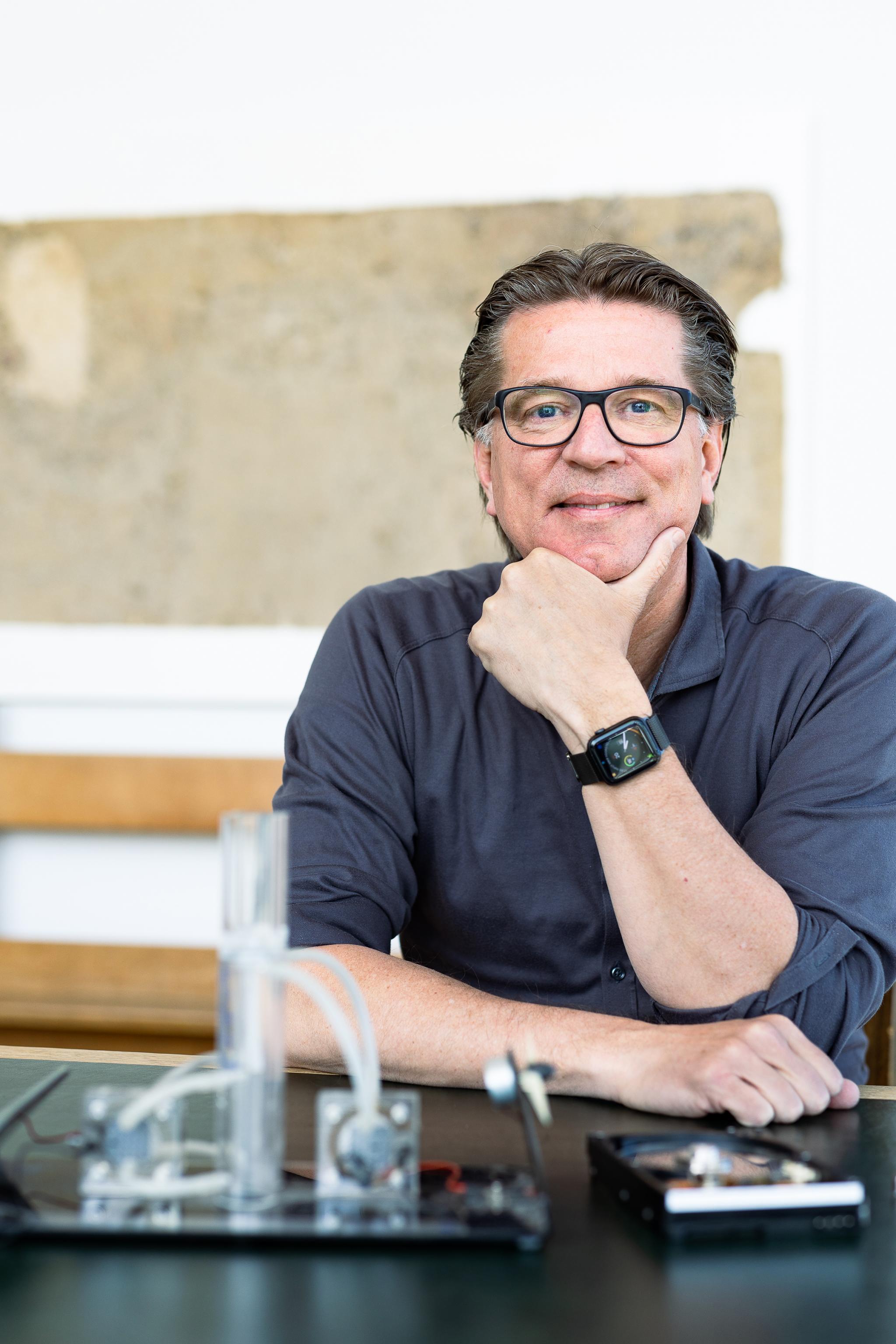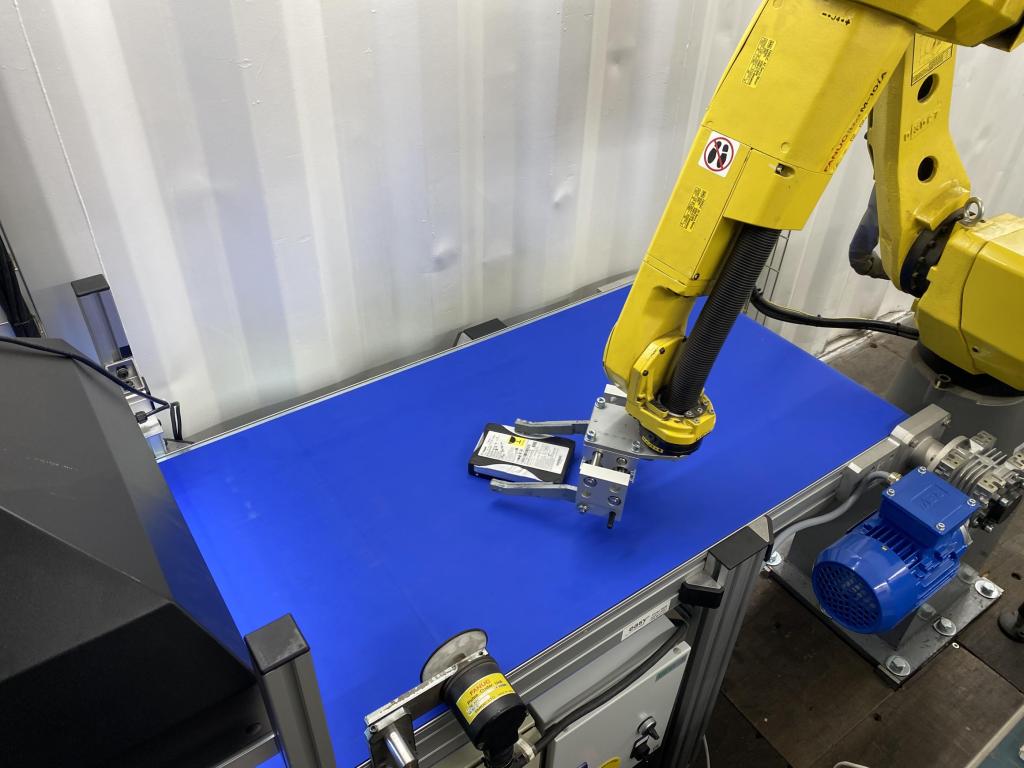Magnets are becoming more and more important. We can find them everywhere: in small quantities holding our souvenirs on the fridge, and in bigger (to huge) quantities in electrical cars and windturbines. But where do they come from? Less easy to find are the magnets' origins and end-of-life destinations. René Kleijn, Associate Professor Industrial Ecology and Scientific Chair of the Circular Industries Hub, points out the importance of research into supply chains and of used old magnets.
Supply chain (in)securities

Europe is currently very dependent on China, from which 90% of the magnets in-use are imported. René Kleijn has set out to research and change this dependence, and make Europe more self-sufficient in providing its magnets. In a previous article, we write about Kleijn interest and research into this topic.
Read more about Europe's dependencies in the magnet supply chains.
Primary and secundary sources for magnet mining
In the project REEsilience Kleijn aims to research and built a new magnet mining industry, aimed at both primary and secundary sources. For the latter, the main focus lies on recycling. To make magnet recycling more tangible for the public and move magnet recycling closer to home, Kleijn and his team organised an interactive roadshow for Leiden 2022 City of Science.
Are you curious to know more about Kleijn's research and/or the SUSMAGPRO project?
See this interview with Kleijn or listen to Wetenschap Vandaag (BNR podcast).


